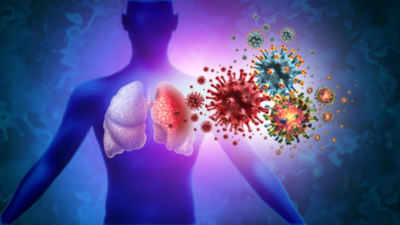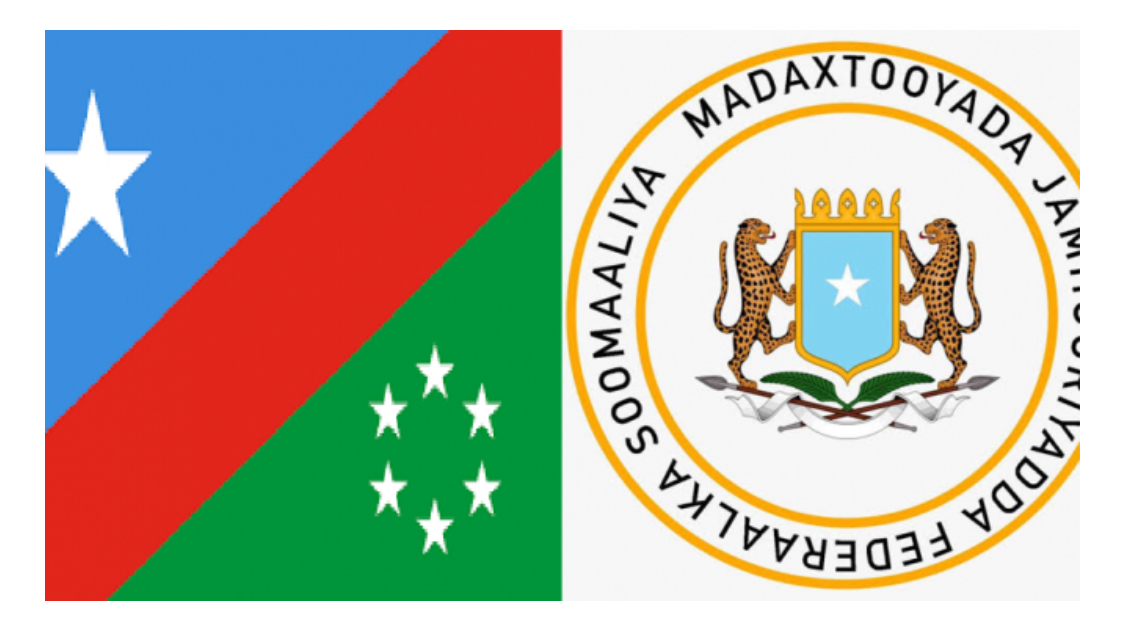Today, the Global Virus Network (GVN), representing eminent human and animal virologists from 80+ Centers of Excellence and Affiliates in 40+ countries, published a comprehensive analysis and call-to-action in The Lancet Regional Health-Americas on the North American avian influenza virus, or H5N1, outbreak…
The GVN calls on world governments to address the threat of H5N1 avian influenza by enhancing surveillance, implementing biosecurity measures, and preparing for potential human-to-human transmission, Understanding the current landscape of H5N1 infections is critical for effective prevention and response,” said Sten H. Vermund, MD, PhD, chief medical officer of the GVN and dean of the USF Health College of Public Health at the University of South Florida, USA.
“The virus’ ability to infect both animals and humans, combined with recent genetic changes, underscores the importance of proactive surveillance and rapid response measures.” The outbreak has affected nearly 1000 dairy cow herds and resulted in more than 70 human cases, including the first confirmed death in the U.S. The U.S. poultry industry is at significant risk, particularly in areas with high-density farming and where personal protective practices may be lacking.
The highly pathogenic influenza virus is now circulating in all 50 states and Canada, resulting in the loss or culling of more than 168 million poultry in the U.S. since 2022. While human-to-human transmission is not documented, experts warn that virus mutations and reassortments, or combining two flu viruses, could increase transmissibility.
The GVN virologists underscore the need for improved pandemic preparedness, drawing on lessons learned from the SARS-CoV-2 pandemic and previous outbreaks. They advocate for a multi-faceted approach to pandemic preparedness, which includes:
- Enhanced Surveillance: Continuous monitoring of animals, including testing of milk and wastewater and individuals working with infected animals, to track virus evolution that may lead to human-to human transmissibility. The GVN calls for more comprehensive state-wide testing in the U.S. and internationally.
- Faster Genomic Data Sharing: Accelerating the release of genomic data to track virus evolution and spatial transmission, fostering collaboration among global research networks.
- Improved Farm Biosecurity: Using personal protective equipment (PPE) and strict farm cleaning protocols to minimize human exposure and prevent virus spread.
- Preparedness Plans for the Roll-Out of Tests: Advocating for self-administered diagnostic tests for farm workers, supported by healthcare access for frontline medical staff, to enhance early detection.
- Strengthening Public Health Infrastructure: Increased funding and support for response mechanisms, particularly in high-risk regions, to better manage outbreaks.
- Investment in Phenotype Prediction from Genetic Data: Invest in predicting the phenotypes of avian influenza viruses from genetic data, as key traits are difficult to predict solely from genomic sequences.
- Investment in Rapid Vaccine Development: Encouraging the development and rapid deployment of vaccines for humans and animals, focusing on farm workers.
- Preparedness Plan for the Roll-Out of Vaccines and Therapeutics: Prepositioned clinical studies to rapidly assess the properties of emerging virus strains and potential treatments.
- Preparedness Plan to Allow for Rapid Clinical Studies: Focus on enabling rapid clinical studies to assess key properties of new pandemic strains, evaluate new vaccines and treatments, and support modeling efforts.
- International Collaboration: Supporting a coordinated global response to track data, share research, and prepare for emerging viral threats to reduce community vulnerabilities and improve response strategies.




